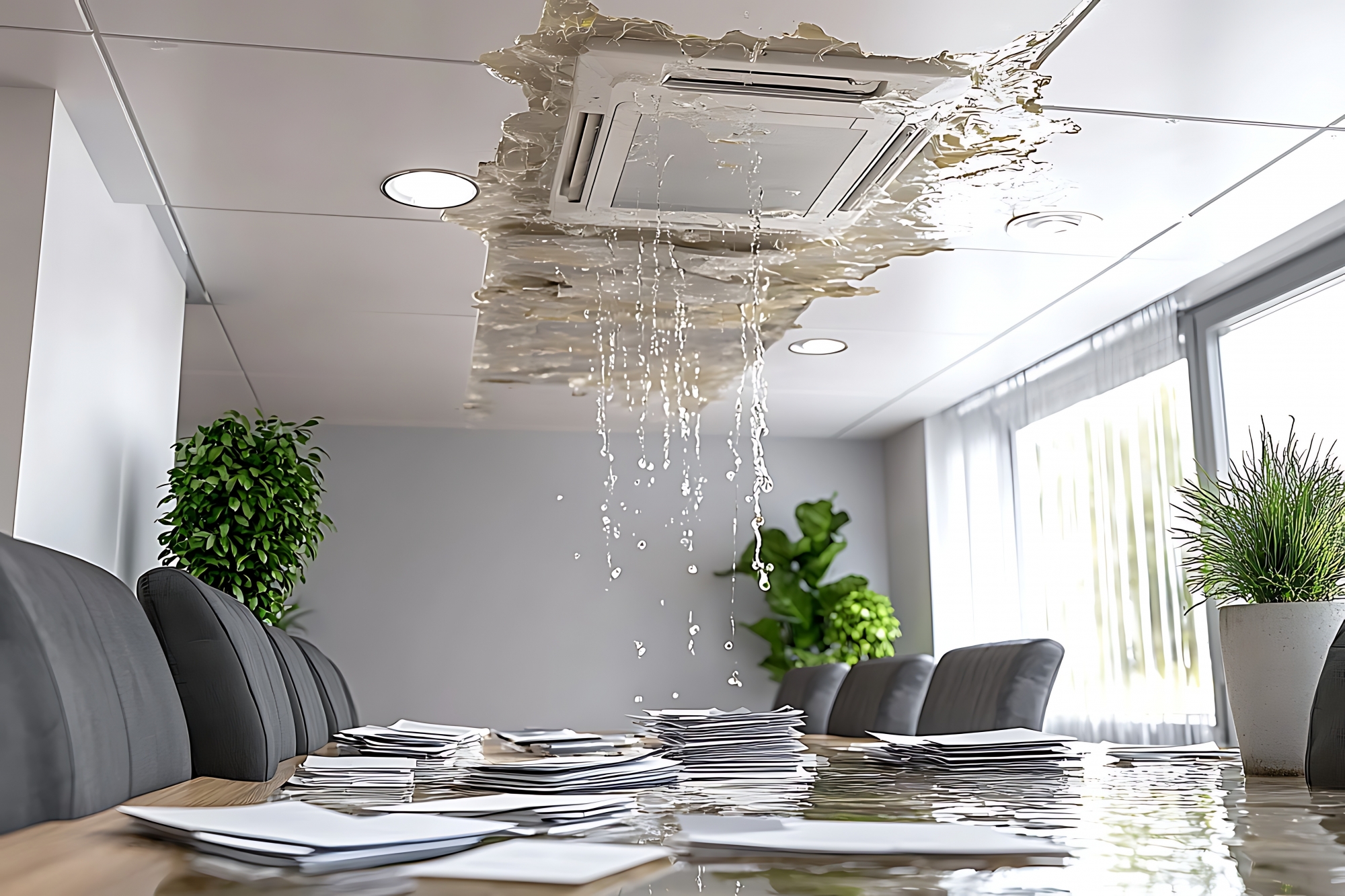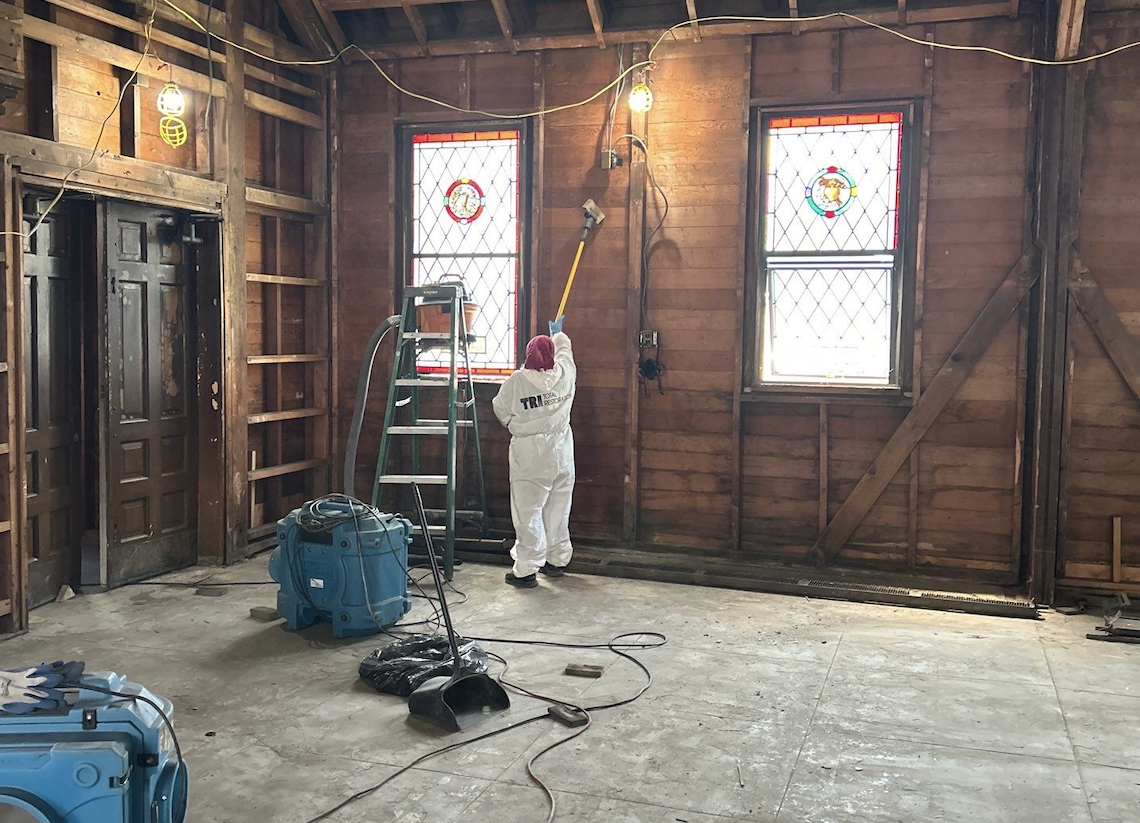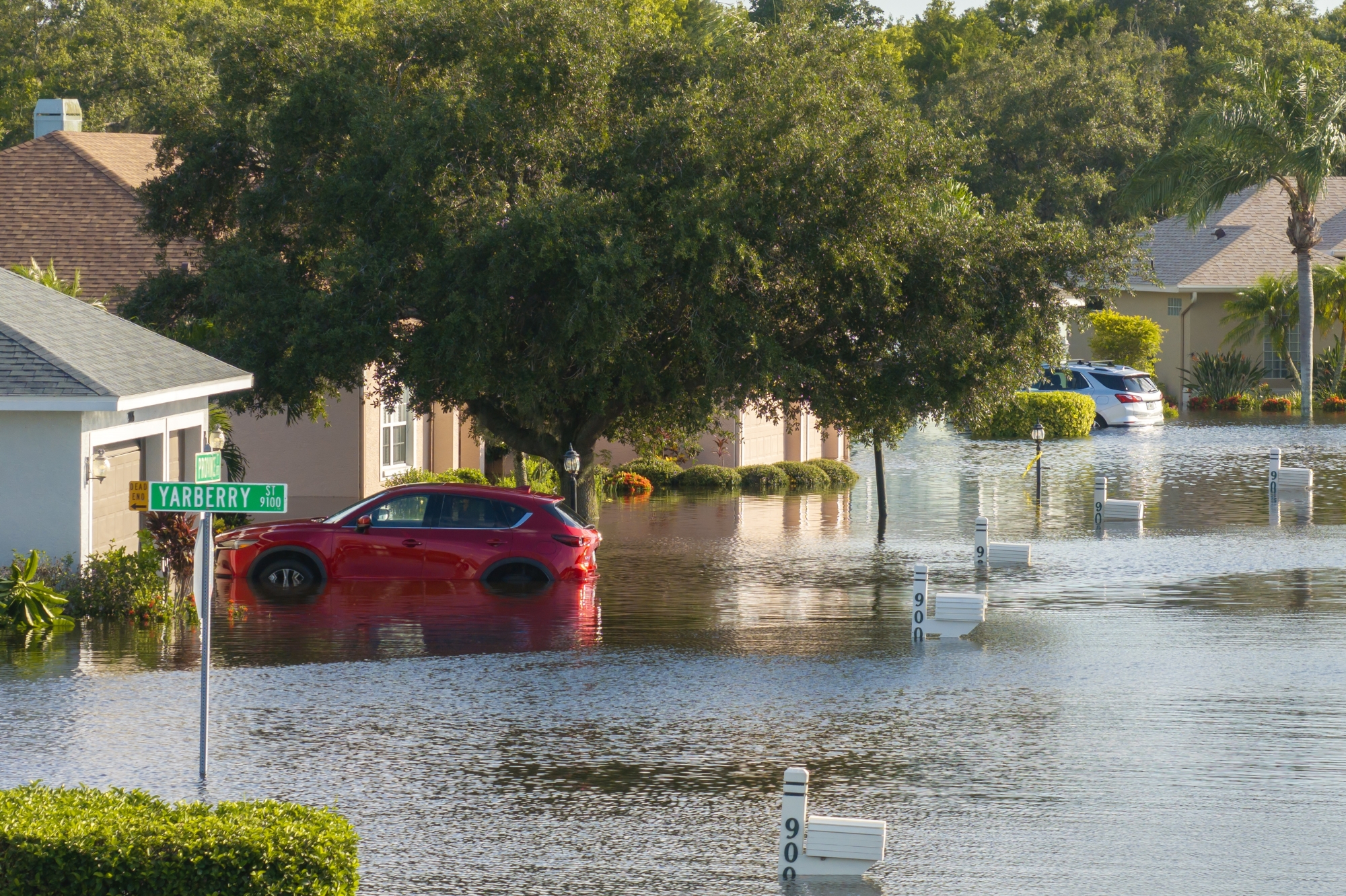A house fire can be a devastating experience for any homeowner, leaving behind widespread damage, emotional upheaval, and numerous challenges to overcome. Understanding the fire damage restoration process and having a reliable partner in the Long Island and NYC area like Total Restoration Industries to guide you along the way can help alleviate some of the stress and uncertainty. This comprehensive guide aims to provide crucial information on fire damage restoration, empowering homeowners with the essential knowledge and resources to successfully navigate the recovery process.

Discussing Fire Damage Basics
Fires within your home or rental unit can be extremely destructive due to the fact that they can cause multiple types of damage to a building and its belongings. Heat, flames, soot and smoke can all create different damage and cause lingering issues if left unaddressed. This can be exacerbated by the heat and humidity during the summer in the Long Island and NYC area. In addition, the efforts to extinguish the fire can often cause water damage.
According to the New York State Department of Financial Services, there are six different categories of fires recognized by insurance providers:
Class A fire damage involves flammable solids such as wood, paper or cloth.
Class B fire damage involves flammable liquids.
Class C fire damage involves flammable gasses such as propane, butane or natural gas.
Class D fire damage involves combustible metals such as sodium or magnesium.
Class E combines electrical elements with Class A or B.
Class F fire damage involves cooking oils or fats.
You might also find that there are different types of fire damage categories as well. Primary fire damage is caused by the flames, and secondary fire damage is caused by the smoke or other byproducts of the fire. These secondary types of fire damage can fall into the categories of charring, heat, smoke and soot damage. Charring damage leaves partial burns with a blackened surface. Heat damage causes fibers in wood to crack, splinter and warp and can affect structural integrity. Smoke and soot damage causes discolorations that cling to property, including furniture, flooring, walls and ceilings. Wood damaged by soot and smoke is less resistant to moisture and more vulnerable to rot, decay, insects and bacteria, so it must be replaced as soon as possible.
What To Do When A Fire Happens
The first and immediate thing to do if a fire occurs in your home is to get everyone out to a safe distance and contact your local fire department immediately. After the fire is quelled, the next steps for homeowners after a fire include contacting the insurance company and limiting movement through the house. Only a portion of the house may need to be restricted, depending on how much the fire was contained. When dealing with fire damage, the first step is to assess the extent of the damage. It is crucial to have a professional fire damage restoration company conduct a thorough assessment of your property to determine the extent of the damage and develop an effective restoration plan. For safety, homeowners should keep out of the house entirely until after the assessment.
During the assessment process, the restoration professionals will inspect your property for fire, smoke, and water damage in all affected areas, including hidden spaces such as ductwork and behind walls. They will also evaluate the structural integrity of your property and check for any safety hazards. The assessment is critical in developing an effective restoration plan. Based on the assessment, the professionals will determine the appropriate equipment and techniques required for effective restoration. They will also provide an estimate of the time required for the restoration process and the costs involved. It is essential to give the restoration professionals access to your entire property during the assessment process so that they can identify all areas affected by the fire damage. This will ensure that the restoration plan is comprehensive, and no damage is left unaddressed. Working with a professional fire damage restoration company, such as TRI, during the assessment process will ensure that you receive an accurate and detailed report of the damage incurred. This will enable you to make informed decisions regarding the restoration of your property.

What Does Fire Damage Restoration Look Like?
Post-assessment, the technicians determine which items can be restored and which must be discarded. Depending on the severity of damage, items may be cleaned on-site or taken off-site for more specialized restoration. Emergency pre-cleaning and drying are vital, so it’s critical to remove all the water in the house and dry it completely. The fire remediation company will have the appropriate equipment to pump all the water out and dry all affected areas. This will prevent mold, mildew, rot, and bad odors. With the property dried, it’s time to address the layers of soot that may coat various surfaces. Specialized equipment is used to clean these residues. This step also encompasses the elimination of biological and chemical pollutants. Tools like foggers, ozone generators, and hydroxyl generators are essential for tackling the persistent odors that fires leave behind.
Once all the water is gone, the smoke and soot follow suit. Pre-cleanup is especially important because both substances can continue to cause damages even after the fire has been long put out. The professionals will use specialized tools to remove the soot, then identify all smoke odors and work to eliminate them. Given that both soot and ash are acidic, they must be removed from all metallic areas to prevent corrosion. The metals in your home also need to be protected from humidity as well. If rust has already developed, the fire damage restoration company can use rust-removal chemicals or rust converter sprays to stop the rust from progressing.
The last step is restoration, which involves getting your home back in order. You may need major or minor repair and restoration projects depending on the extent of the fire damages. You may also need to replace the drywall, repaint the house, install new carpets, and maybe even reconstruct whole rooms. All these processes will require professional contractors to get your home back to its former glory.
Preventing Future Fire Damages
Preventing future fire damage is essential to protect your home and family. By taking preventative measures, you can reduce the risk of fires and maintain peace of mind. Here are some practical tips to keep in mind:
1. Regular Maintenance: Regular maintenance of your fire safety equipment is crucial to ensure that it functions properly when you need it. This means checking that your smoke detectors are working properly and that the batteries in them are as fresh as possible. It also means that if you do have any fire extinguishers handy, make sure that they are checked and refilled regularly. It is better to be overprepared than regretful!
2. Proper Storage: By keeping all flammable materials away from heat sources and store them in cool, dry places. If you have gasoline-powered equipment, store it outside your home and away from any heat sources.
3. Evacuation Plan: Creating an evacuation plan is essential to ensure that you and your family know what to do in the event of a fire. Make sure to practice your evacuation plan regularly so that everyone knows their role and can escape quickly and safely.
By following these simple tips, you can reduce the risk of fires and protect your home and family from fire damage. Prevention is paramount to fire safety, and taking proactive measures can help you avoid the devastating effects of a house fire. But if a fire does occur, please contact your local fire department. They’ll do their best to save as much as they can. We’re here to help out the Long Island and NYC areas with their fire damage needs! And remember: Always call Total Restoration Industries before you call your insurance provider!

























